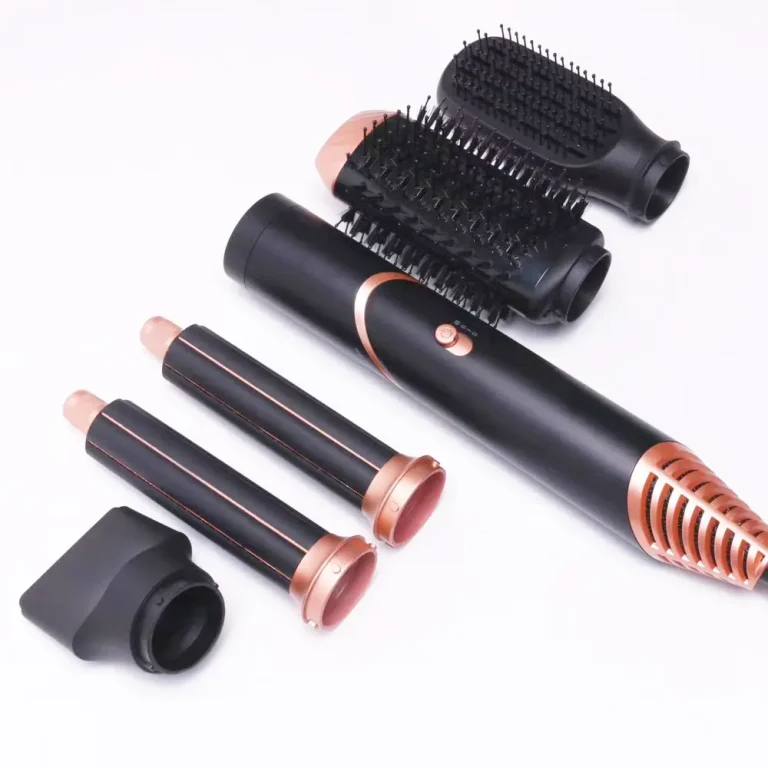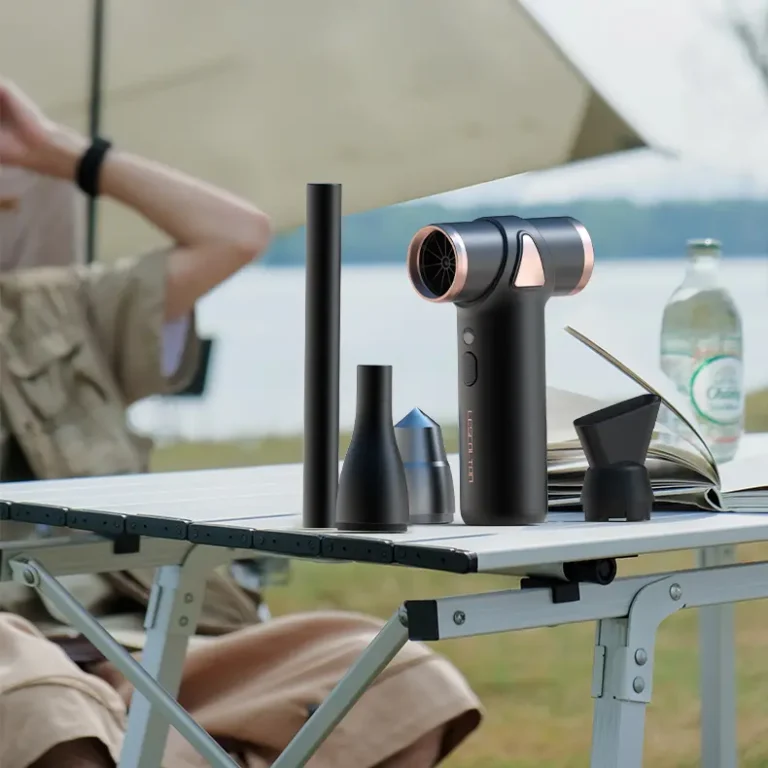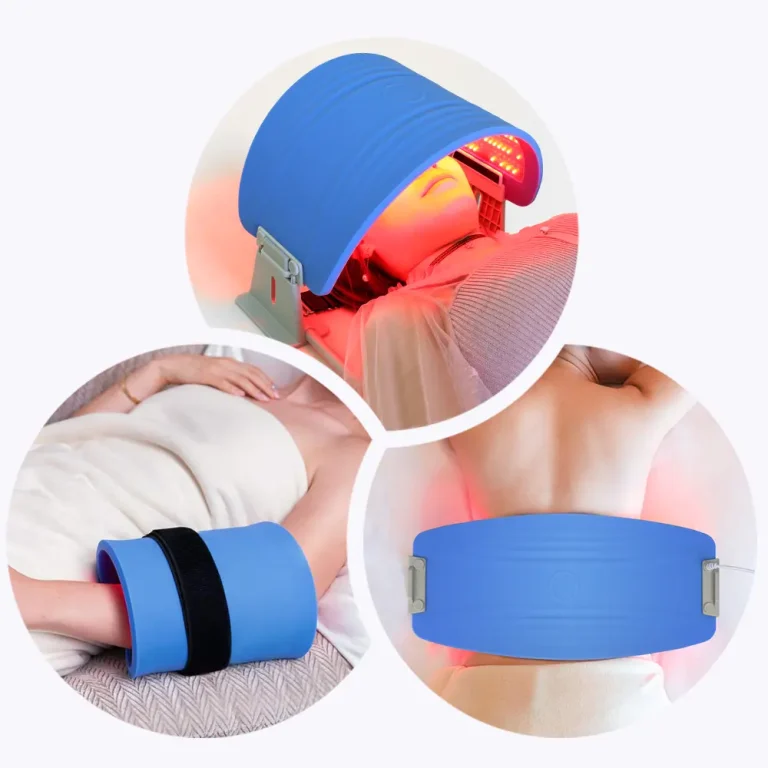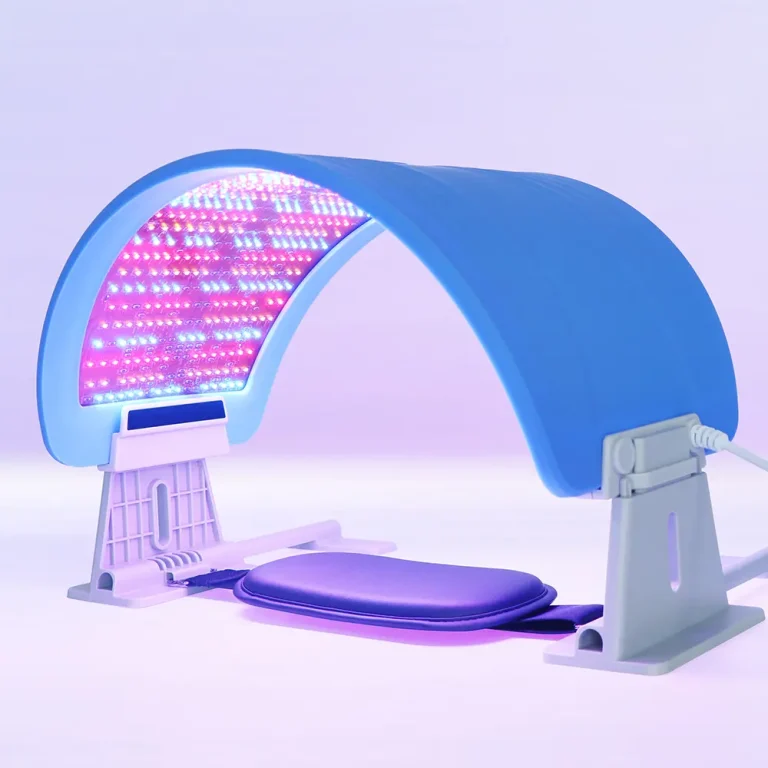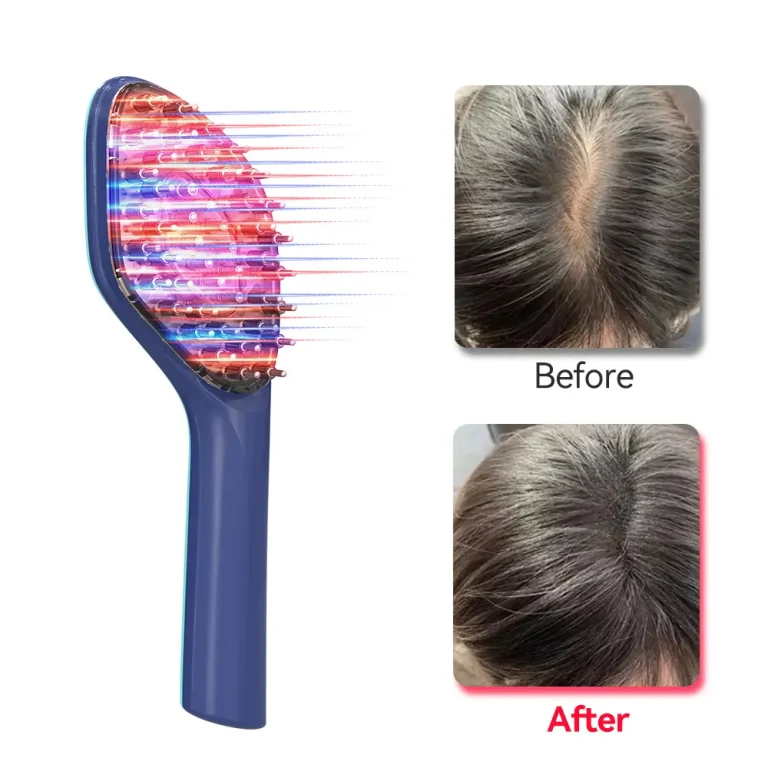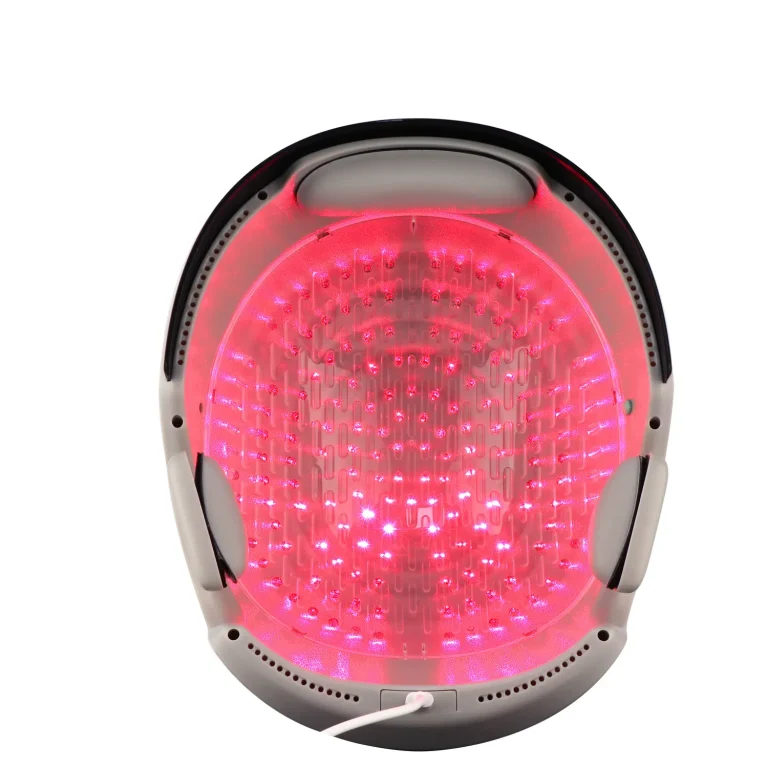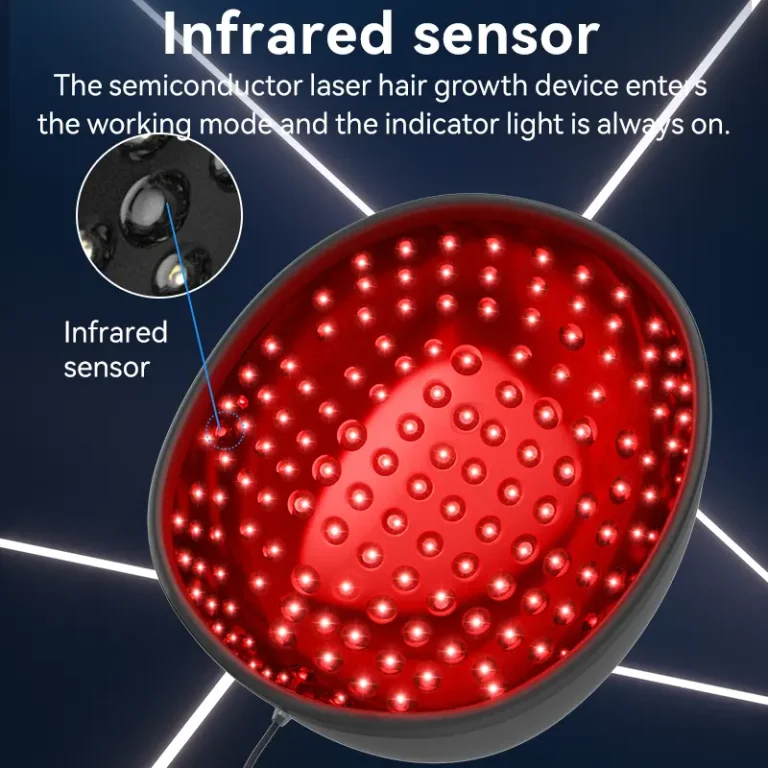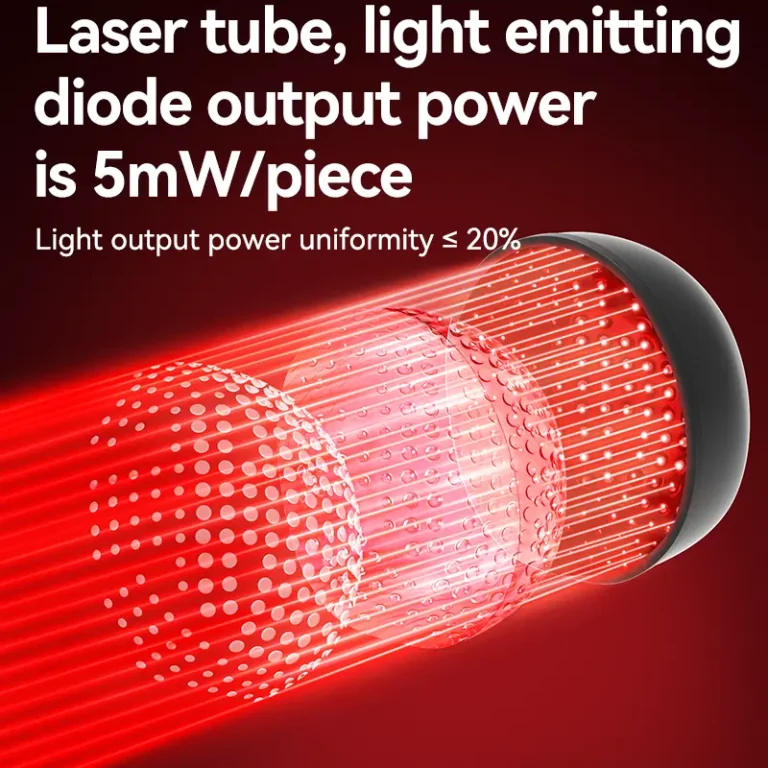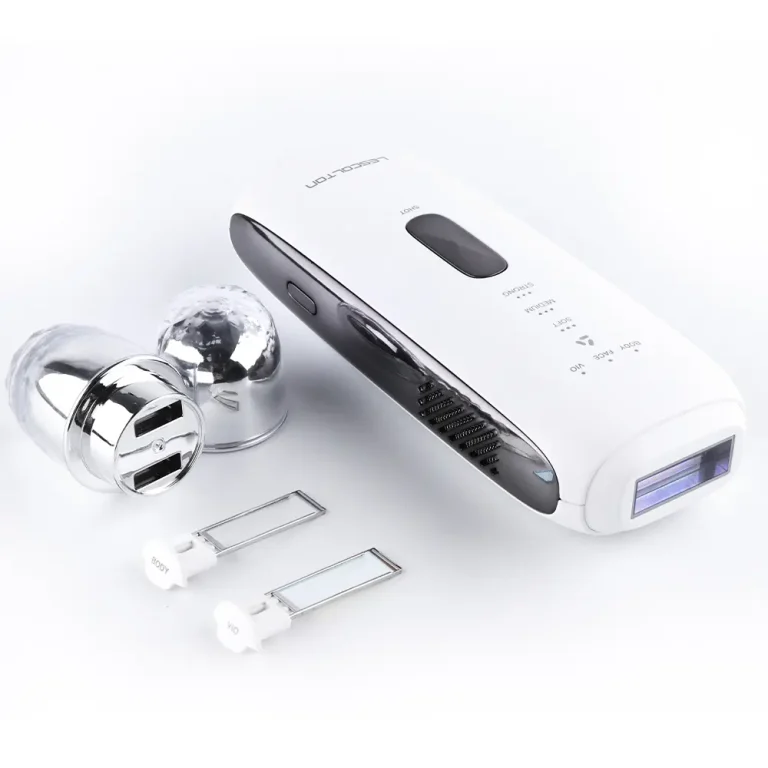When it comes to choosing the right hair dryer, the market offers a plethora of options, ranging from traditional hair dryers to advanced high-speed models. Each type has its own set of benefits and drawbacks, making the decision largely dependent on your specific hair care needs, lifestyle, and preferences. This article aims to compare traditional and high-speed hair dryers, exploring their features, advantages, and potential downsides to help you make an informed choice.
Understanding Traditional Hair Dryers
Traditional hair dryers have been a staple in households and salons for decades. They typically operate with a heating element and a fan, which together produce hot air to dry hair.
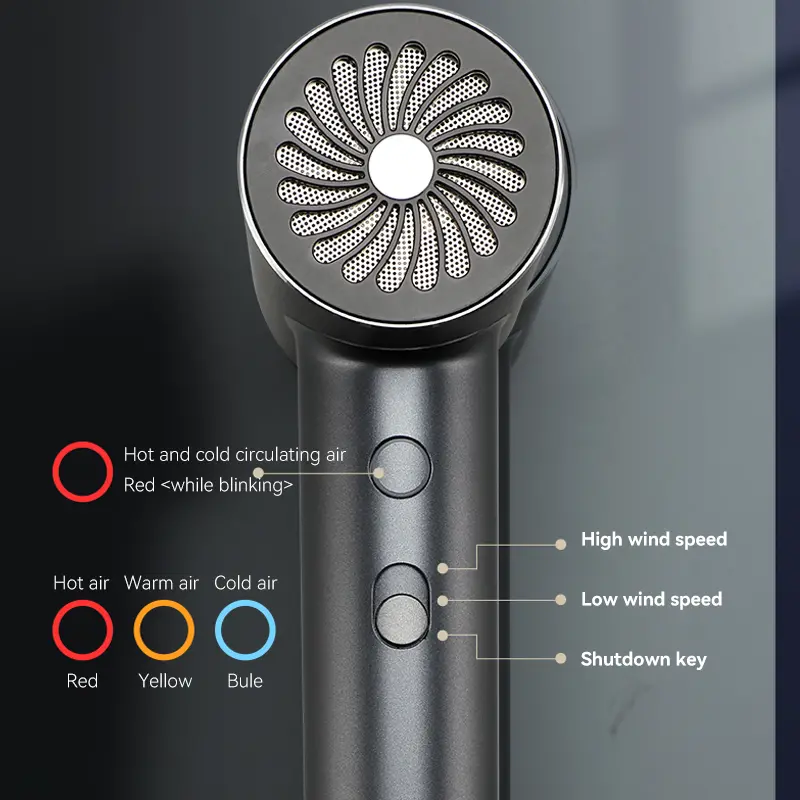
Advantages of Traditional Hair Dryers
-
Affordability: Traditional hair dryers are generally more affordable than high-speed counterparts. They come in a wide range of prices, making it easy to find one that fits your budget.
-
Variety: With numerous models available, you can choose from various features such as multiple heat and speed settings, cool shot buttons, and ionic technology.
-
Familiarity: Most people are accustomed to using traditional hair dryers, making them user-friendly for those who prefer simple, straightforward operation.
Disadvantages of Traditional Hair Dryers
-
Drying Time: Traditional hair dryers can take longer to dry hair compared to high-speed models. This can be inconvenient for those with busy schedules or thick hair that requires more time to dry.
-
Heat Damage: Extended exposure to the high heat of traditional dryers can potentially damage hair, leading to dryness, split ends, and breakage.
-
Bulkiness: Many traditional hair dryers are larger and heavier, making them less portable and harder to handle during styling.
Understanding High-Speed Hair Dryers
High-speed hair dryers represent the latest in hair drying technology. These devices use advanced motors and innovative design to dry hair more efficiently.
Advantages of High-Speed Hair Dryers
-
Speed and Efficiency: High-speed hair dryers are known for their rapid drying times. They use powerful motors, often brushless, to deliver a concentrated airflow that can dry hair in a fraction of the time it takes with a traditional dryer.
-
Reduced Heat Damage: These dryers often come equipped with intelligent heat control technology, which measures the air temperature multiple times per second to prevent excessive heat exposure. This helps protect hair from damage and maintain its natural moisture balance.
-
Lightweight and Ergonomic Design: Many high-speed dryers are designed to be lightweight and ergonomically balanced, making them easier to handle and reducing fatigue during use.
-
Innovative Features: High-speed dryers often include features such as ionic technology, which helps reduce frizz and enhance shine, and multiple heat and speed settings for customizable drying.
Disadvantages of High-Speed Hair Dryers
-
Cost: High-speed hair dryers tend to be more expensive due to their advanced technology and superior performance.
-
Learning Curve: The advanced features and different operation modes can require a bit of a learning curve for those who are used to traditional models.
-
Noise Level: Some high-speed models can be noisier than traditional dryers, although many manufacturers are working to address this issue with quieter designs.
Choosing the Right Hair Dryer for You
When deciding between a traditional and high-speed hair dryer, consider the following factors:
1. Hair Type and Length:
- Thick or Long Hair: A high-speed hair dryer can save time and reduce heat exposure, making it a better choice for those with thick or long hair.
- Fine or Short Hair: A traditional hair dryer with lower heat settings might suffice and be gentler on delicate strands.
2. Frequency of Use:
- Daily Use: If you use a hair dryer daily, investing in a high-speed model can reduce styling time and potential heat damage.
- Occasional Use: For infrequent use, a traditional hair dryer might be more cost-effective.
3. Budget:
- Limited Budget: Traditional hair dryers offer a range of affordable options.
- Willing to Invest: If you’re willing to spend more for advanced technology and faster drying times, a high-speed hair dryer is a worthy investment.
4. Portability:
- Travel-Friendly: If you travel frequently, consider the size and weight of the hair dryer. High-speed models are often more compact and lightweight.
5. Styling Needs:
- Versatility: High-speed dryers with multiple settings and attachments can provide more styling versatility.
- Basic Drying: For simple drying needs, a traditional hair dryer may be sufficient.
Conclusion
Both traditional and high-speed hair dryers have their merits and can cater to different needs and preferences. Traditional hair dryers offer affordability and a familiar experience, making them suitable for occasional use or those on a budget. On the other hand, high-speed hair dryers provide advanced technology, faster drying times, and better protection against heat damage, making them ideal for regular use and those seeking to invest in their hair care routine.
Ultimately, the best hair dryer for you depends on your individual hair type, styling needs, budget, and lifestyle. By considering these factors, you can choose a hair dryer that helps you achieve your desired look while maintaining the health and integrity of your hair.

